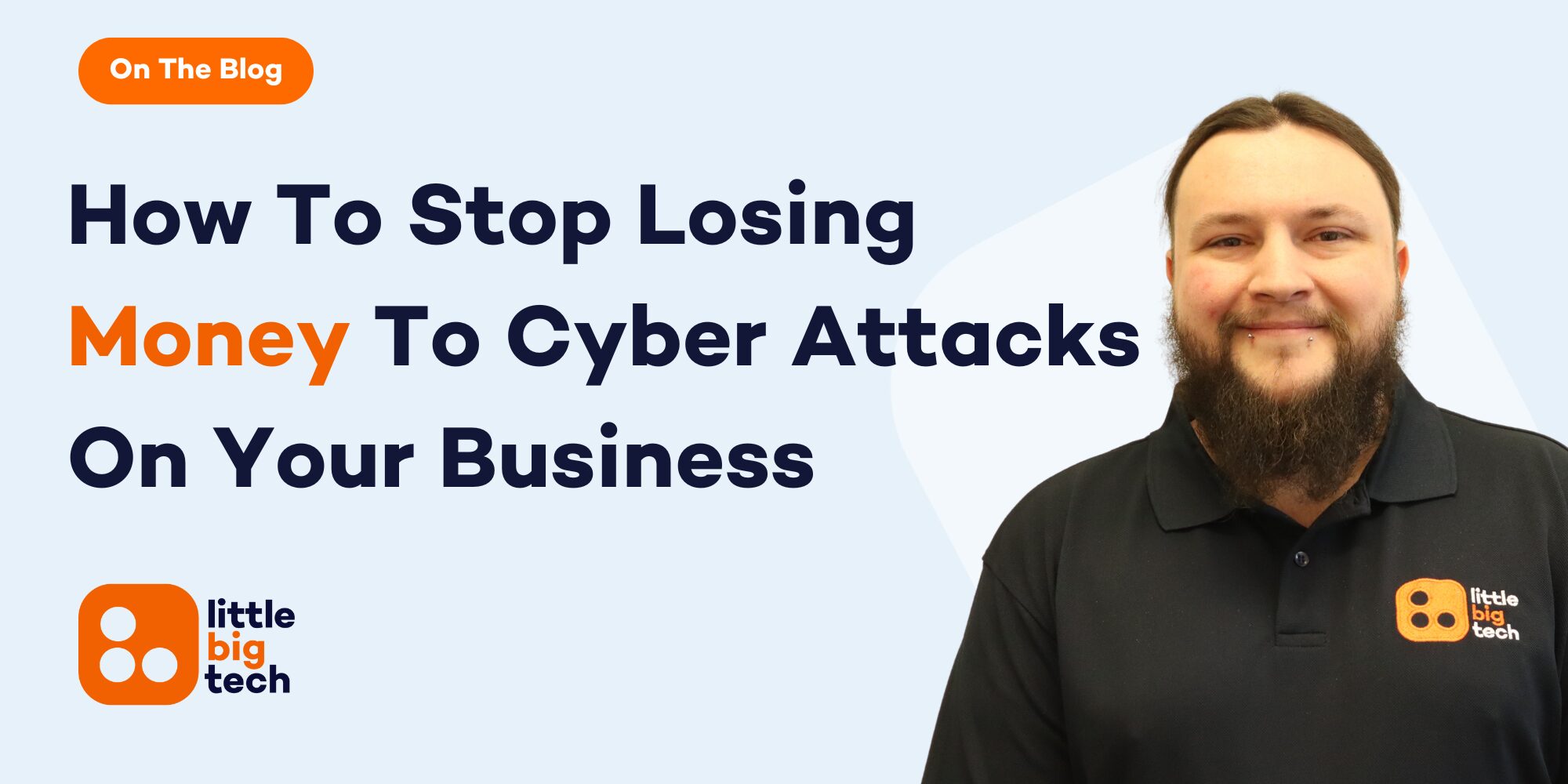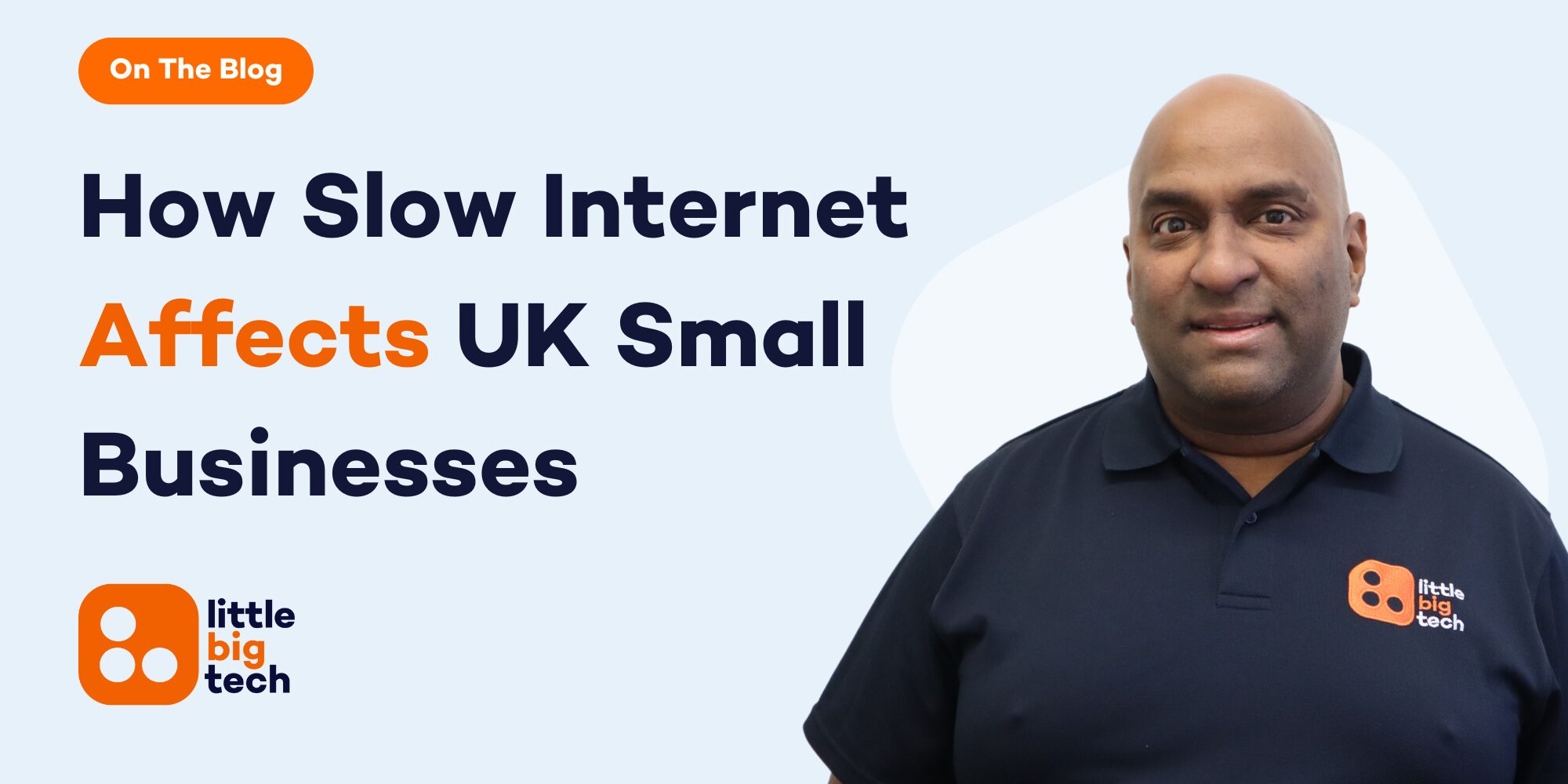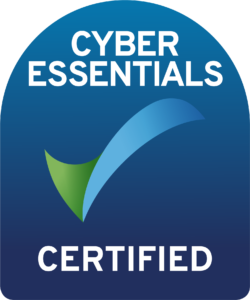Email is one of the most widely used communication tools in both personal and professional settings. It’s fast, convenient, and reliable, but it also comes with its share of risks. Cybercriminals often exploit email as a gateway to access sensitive information, spread malware, or launch phishing attacks. This raises an important question: can you get hacked by opening an email?
The fear of email hacking is not unwarranted. High-profile breaches and sophisticated cyberattacks have shown how something as simple as an email can compromise even the most secure systems. However, the level of risk depends on various factors, including the type of email, its content, and the security measures in place.
In this blog, we at Little Big Tech will explore whether you can be hacked by opening an email, how email-based attacks work, and the precautions you can take to stay safe. We’ll separate the facts from myths, providing you with the knowledge needed to navigate the world of email securely. By understanding the risks and recognising potential threats, you can protect yourself and your organisation from becoming a victim of email-based cybercrime.
How Email Hacking Works

Email hacking is a method cybercriminals use to gain unauthorised access to devices, networks, or personal information. While the act of simply opening an email is less likely to result in hacking, the content within the email—such as links, attachments, or embedded scripts—often serves as the attack vector.
Hackers deploy various techniques to exploit email vulnerabilities:
- Phishing: A deceptive email designed to trick users into providing sensitive information, such as passwords or financial details. These emails often appear to come from legitimate sources, like banks or employers.
- Malware Delivery: Attachments or embedded links may contain malicious software designed to infect your system. Once downloaded, malware can steal data, monitor activities, or grant remote access to the hacker.
- Social Engineering: Hackers use emotional manipulation, creating a sense of urgency or fear, to convince recipients to act without thinking. For instance, an email claiming to contain an unpaid invoice may prompt a quick download without proper scrutiny.
In some advanced attacks, hackers exploit vulnerabilities in email software. For example, poorly configured email clients or outdated software may allow malicious code to execute when an email is opened or previewed. While modern security protocols make this type of hacking less common, it’s still a potential risk.
Understanding how these attacks work is the first step to recognising and avoiding them. The next section will address whether simply opening an email can actually lead to being hacked.
Can You Really Get Hacked By Opening An Email?
The idea that merely opening an email can get you hacked has been a common fear for years. While the risk is generally low, under certain circumstances, it is possible. However, much depends on the content and format of the email and the security measures in place.
Modern email clients, such as Gmail, Outlook, and Apple Mail, are designed with robust security protocols. These platforms block most malicious content from loading automatically. For example, they disable scripts, prevent certain types of attachments, and block images from loading unless explicitly permitted by the user. This means simply opening an email without clicking links or downloading attachments is usually safe.
That said, there are scenarios where opening an email might pose a risk. For instance, HTML-based emails can contain embedded code that executes automatically. Although most modern email platforms neutralise these threats, outdated email clients or improperly configured systems could still be vulnerable.
Another risk arises from emails containing invisible tracking pixels. While these are usually used for marketing purposes, they could potentially be manipulated by hackers to gather information about your device or location.
It’s also worth noting that clicking links or downloading attachments within an email significantly increases your exposure to hacking attempts. These actions can bypass email security measures and allow malware or phishing attacks to take hold.
In summary, opening an email without interacting with its content is relatively safe on modern platforms. However, to eliminate any potential risks, ensure your email client is up to date, avoid suspicious emails, and follow best practices for email security. The next section will explore how attachments and links are used to exploit users.
Risks Associated With Email Attachments And Links
While simply opening an email is usually safe on modern platforms, interacting with its content—such as clicking links or downloading attachments—can expose you to significant risks. Hackers commonly use these methods to deliver malware, steal credentials, or manipulate users into providing sensitive information.
Malicious Attachments
Attachments are a frequent vehicle for malware delivery. A file disguised as a harmless document or image may contain viruses, ransomware, or spyware. Once opened, the malware can infect your system, compromise data, or even lock you out of your device until a ransom is paid. File types like .exe, .zip, and even PDFs should be approached with caution unless they come from trusted sources.
Phishing Links
Clicking on a link can redirect you to fraudulent websites designed to steal your login credentials, credit card details, or other personal information. These links often mimic legitimate websites, making it easy to fall into the trap.
Drive-by Downloads
In some cases, merely visiting a malicious website through a link can trigger an automatic download of harmful software, infecting your system without requiring further action.
To mitigate these risks, never open attachments or click links from unknown or suspicious senders. Hover over links to check their true destination before clicking, and ensure your client has strong spam filters in place. By being vigilant, you can prevent hackers from exploiting these common attack methods.

Signs Of A Malicious Email
Spotting malicious mail is one of the most effective ways to protect yourself from hacking attempts. While cybercriminals are becoming more sophisticated, there are several red flags that can help you identify:
1. Suspicious Sender Address
Malicious mail often comes from unfamiliar or spoofed addresses. Check for slight misspellings or extra characters in the sender’s address (e.g., info@paypal.com instead of info@paypal.com).
2. Generic Greetings
Phishing emails often use generic salutations like “Dear Customer” or “Valued User” instead of addressing you by name. Legitimate organisations typically personalise their communication.
3. Poor Grammar and Spelling
Many malicious emails contain noticeable grammatical errors, awkward phrasing, or spelling mistakes. Professional companies rarely send emails with such issues.
4. Urgent or Threatening Language
Hackers often create a sense of urgency to manipulate you into acting quickly. Phrases like “Your account will be suspended” or “Immediate action required” are common tactics.
5. Suspicious Attachments or Links
Unexpected attachments or links, especially from unknown senders, should be treated as potential threats. Hover over links to verify their true destination before clicking.
6. Requests for Sensitive Information
Legitimate companies rarely ask for sensitive information, like passwords or payment details, via email. Treat such requests with extreme caution.
By staying alert to these signs, you can avoid falling victim to malicious emails. Always verify the sender’s authenticity and think twice before interacting with any email content that raises suspicion. Next, we’ll explore proactive steps you can take to protect yourself from email hacks.
How To Protect Yourself From Email Hacks
Staying safe from email-based hacking attempts requires a proactive approach. By following these practical steps, you can significantly reduce your risk of becoming a victim:
1. Use Strong and Unique Passwords
Ensure your email account is protected with a strong, unique password. Avoid using common words or personal information and consider using a password manager to store your credentials securely.
2. Enable Multi-Factor Authentication (MFA)
MFA adds an extra layer of security by requiring a second form of verification, such as a text message or app notification. Even if a hacker obtains your password, MFA can prevent unauthorised access.
3. Keep Software Updated
Outdated software is a common target for hackers. Regularly update your email client, operating system, and antivirus software to patch vulnerabilities and improve security.
4. Avoid Clicking Unknown Links or Attachments
Treat unexpected emails with caution, especially if they contain links or attachments. Verify the sender’s authenticity before interacting with any content.
5. Use a Spam Filter
Ensure your email service is equipped with a robust spam filter to block malicious emails from reaching your inbox.
6. Educate Yourself and Others
Understanding how email hacks work is key to prevention. Share this knowledge with colleagues or family members to help them stay safe.
By implementing these measures, you can fortify your email security and minimise the risk of hacking. Simple actions like enabling MFA or verifying suspicious emails can go a long way in safeguarding your data. Up next, we’ll address frequently asked questions about email security.

Frequently Asked Questions (FAQs)
Can you really get hacked by opening an email?
On modern email platforms, simply opening an email is generally safe. However, risks arise if the email contains embedded scripts or tracking pixels and your email client is outdated or improperly configured.
What should I do if I suspect an email is malicious?
Do not click any links or open attachments. Report the email to your IT department or email provider. If you’ve already interacted with it, run a malware scan immediately.
Are phishing emails easy to identify?
While many phishing emails are poorly crafted with obvious red flags, some are highly sophisticated and mimic legitimate organisations. Always verify the sender and look for signs of fraud.
Is previewing an email safer than opening it?
Most modern email clients disable risky content in preview mode, making it relatively safe. However, it’s best to avoid previewing emails from unknown or suspicious senders.
How can I permanently block malicious emails?
Enable spam filters and report phishing attempts. Regularly update your email settings and security tools to stay ahead of potential threats.
Why Trust LBT to Keep Your Business Secure?
At LBT, we understand the evolving threats businesses face in today’s digital landscape, including email-based cyberattacks. Our team of experts provides tailored solutions to protect your business from phishing, malware, and other email threats. We implement robust security measures, including advanced spam filters, employee training, and cutting-edge tools to keep your systems safe and secure.
By partnering with us, you can focus on your business while we handle the complexities of cybersecurity. Prevention is always better than cure—don’t let your business become a statistic.
Ready to strengthen your email security and protect your business?
📞 Call us today: 03333 055 331
📧 Email us: info@littlebigtech.co.uk
🌐 Visit us: www.littlebigtech.co.uk









